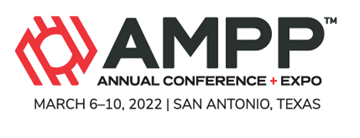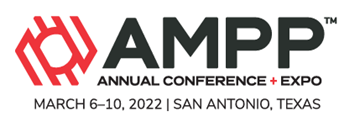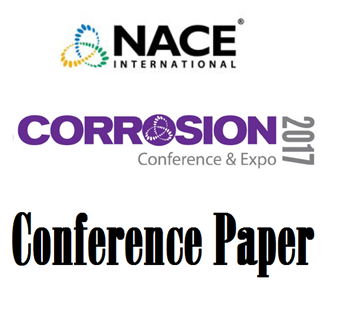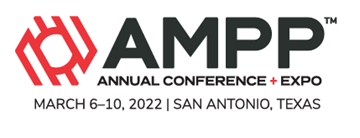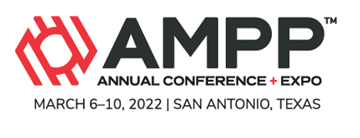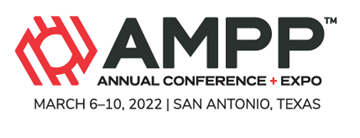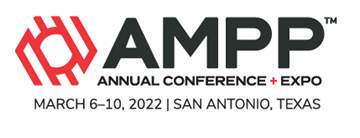Search
Coatings and Linings
View as
Sort by
Display
per page
Corrosion Risk Assessment Of Aging Plant In The Down Stream Petroleum Sector
Product Number:
51322-17858-SG
Publication Date:
2022
$20.00
Corrosion Risk Prediction Based On Offshore Pipeline Service Database And Machine Learning
Product Number:
51322-17711-SG
Publication Date:
2022
$20.00
Corrosion Severity Comparison Of Three Beach Sites
Product Number:
51322-17668-SG
Publication Date:
2022
$20.00
Corrosion Testing of Coating Materials for Geothermal Turbine Application
Product Number:
51317--9185-SG
ISBN:
9185 2017 CP
Publication Date:
2017
$20.00
Corrosion Testing Of Graphene-Oxide-Polymer Coatings For Geothermal Drilling Applications
Product Number:
51322-17732-SG
Publication Date:
2022
$20.00
Corrosion Under Insulation And Atmospheric Corrosion In The Refinery Industry. An Accurate Approach To Estimate Corrosion Growth Rates, A Texas Refinery Case Study
Product Number:
51322-17751-SG
Publication Date:
2022
$20.00
Corrosion Under Insulation Behavior Of Phenolic Epoxy Coatings Under Contacting And Contact-Free Insulations
Product Number:
51322-17535-SG
Publication Date:
2022
$20.00
Corrosion Under Insulation Performance Of Insulation Stand-Offs And Non-Metallic Membranes
Product Number:
51322-17618-SG
Publication Date:
2022
$20.00
Creating More Sustainable Industrial Coatings: Driving VOCs of High Performance Waterborne Direct-to-Metal Coatings Below 50 g/L
Product Number:
41215-923-SG
Publication Date:
2015
$20.00
Cross-Linking Performance to Mechanism: Correlation of lining performance in flue gas desulfurization applications to cure mechanism
Product Number:
41212-703-SG
Publication Date:
2012
$20.00



